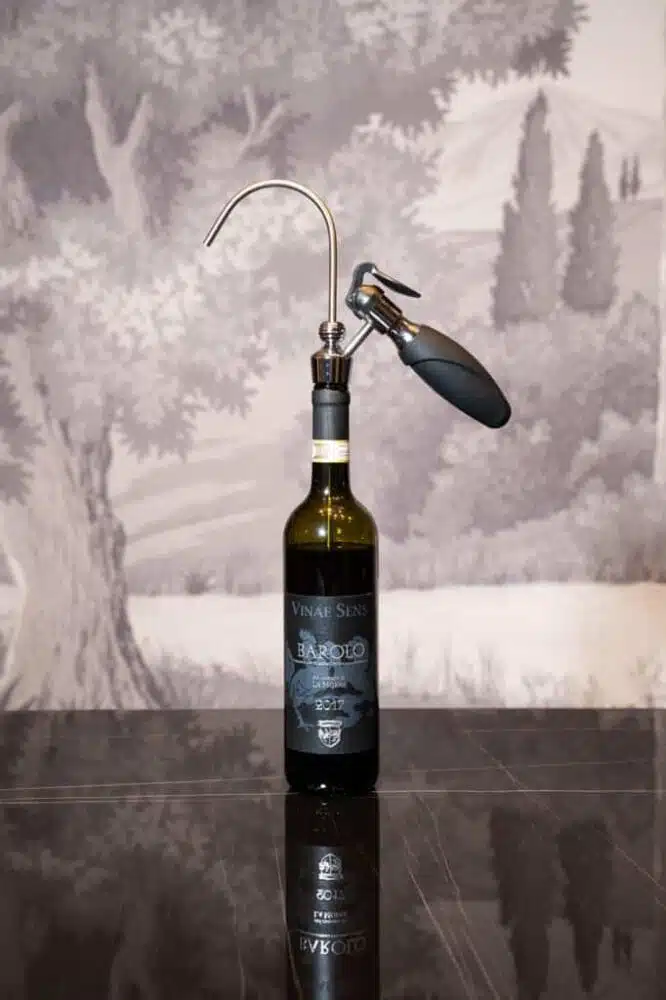What is an astringent wine ?
A wine is astringent when one has the sensation of harshness or roughness in the taste when tasting the wine. This sensation is mainly caused by the wine’s tannins when they come into contact with saliva. The presence of tannins, natural compounds found in many fruits and woods, is particularly strong in red wines.
Why is a wine bitter?
A wine can be bitter because of the tannins it contains, compounds found in grape skins and oak barrels. These tannins, in large quantities or poorly balanced, can give a sensation of harshness, particularly in young or poorly vinified wines.

How is an astringent wine formed?
Grape maturity plays a crucial role in tannin formation. Slow ripening of the grapes softens the tannins, thus reducing the astringency of the wine. This just goes to show how crucial grape selection is in creating a quality wine.
Managing the astringent parameter during winemaking
Softening astringency doesn’t stop when the grapes are harvested. During the post-harvest winemaking period, astringency management is an essential step in ensuring wine quality. This operation begins with the selection of the grapes and continues throughout the vinification and ageing of the wine.
The Influence of Oxygen on the astringent aspect
Research carried out by the University of Naples in collaboration with the Nomacorc company has indicated that a controlled supply of oxygen during the storage of wine in the bottle could influence the level of astringency. By releasing oxygen into the bottle through desorption, corks can help soften the wine.
Wine conservation and tasting
The winemaker can hope to achieve a softening effect when the wine is consumed, thanks to careful management of the oxygen supply and the length of time the wine is kept in the bottle. However, wine conservation does not stop once the bottle has been opened.
Thanks to wine-by-the-glass systems such as WIKEEPS, wine quality can be preserved for up to 30 days after opening. Wine is served by being pushed through an inert gas that is totally neutral to taste and smell, a mixture of 80% Argon and 20% CO2.
This gas replaces the wine served in the bottle, creating a protective atmosphere above the wine. This is the same type of gas used by winemakers in their vats during vinification to prevent oxidation of the wine before bottling.
Conclusion
Astringent is a complex aspect of wine tasting, influenced by many factors, from grape ripening to bottle ageing. Mastering the astringent parameter is a delicate art, requiring careful attention at every stage of winemaking and tasting.
By understanding these factors, winemakers can create wines with the desired level of astringency, offering consumers a more pleasurable taste experience.

